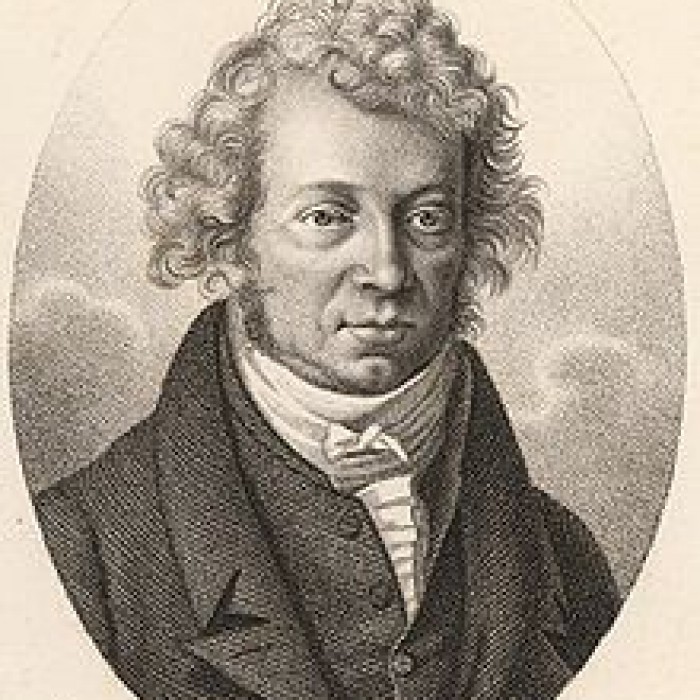
André-Marie Ampère ( 20 January 1775 – 10 June 1836) was a French physicist and mathematician.
André-Marie Ampère was one of the founders of the science of classical electromagnetism, which he referred to as "electrodynamics".
He is also the inventor of numerous applications, such as the solenoid (a term coined by him) and the electrical telegraph.
Andre-Marie Ampère was born on 20 January 1775. He spent his childhood and adolescence at the family property at Poleymieux-au-Mont-d'Or near Lyon.
In 1796 Ampère met Julie Carron, and in 1799 they were married. André-Marie Ampère took his first regular job in 1799 as a mathematics teacher.
After the death of his wife in July 1803, Ampère moved to Paris, where he began a tutoring post at the new École Polytechnique in 1804.
Ampère was appointed a professor of mathematics at the school in 1809. As well as holding positions at this school until 1828.
In 1819 and 1820 Ampere offered courses in philosophy and astronomy, respectively, at the University of Paris.
In 1824 he was elected to the prestigious chair in experimental physics at the College de France.
In 1827 Ampere was elected a Foreign Member of the Royal Society and in 1828, a foreign member of the Royal Swedish Academy of Science.
In recognition of his contribution to the creation of modern electrical science, an international convention signed in 1881 established the ampere as a standard unit of electrical measurement.
Several items are named after Ampere; many streets and squares, schools, a Lyon metro station, and an electric ferry in Norway.
Ampere also provided a physical understanding of the electromagnetic relationship, theorizing the existence of an "electrodynamic molecule" (the forerunner of the idea of the electron) that served as the component element of both electricity and magnetism.
Ampere began developing a mathematical and physical theory to understand the relationship between electricity and magnetism.
The most important of these was the principle that came to be called Ampere's law, which states that the mutual action of two lengths of current-carrying wire is proportional to their lengths and to the intensities of their currents.
Source: Link
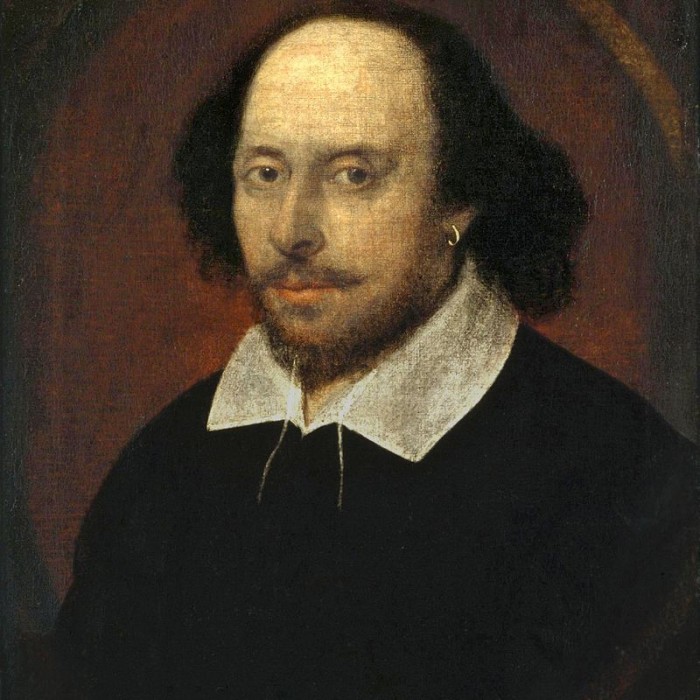
1564 - 1616

1803 – 1882

1854 – 1900
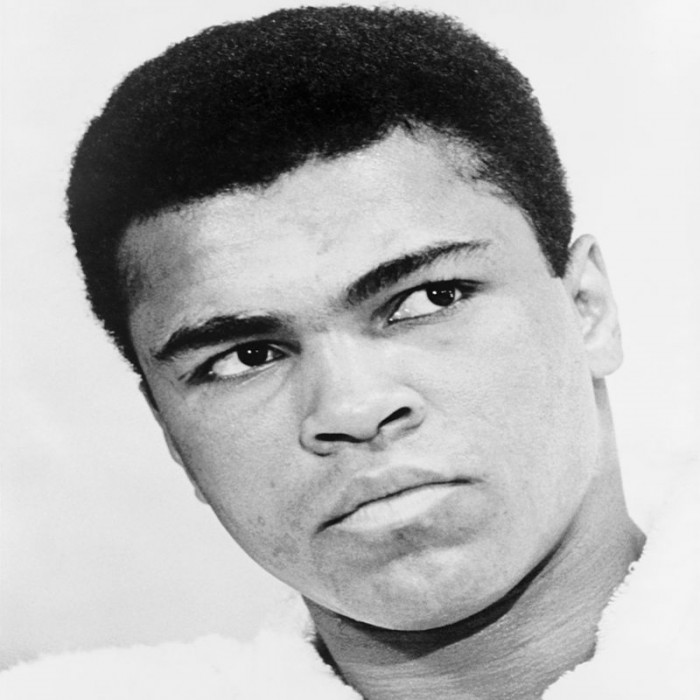
1942 – 2016

1928 – 2014

1835 – 1910

1869 – 1948
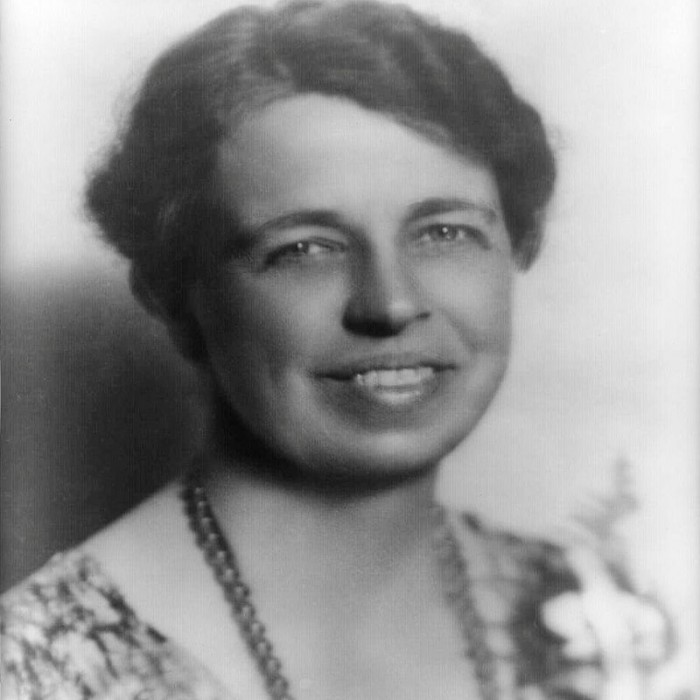
1884 – 1962
1898 – 1963

1929 – 1993
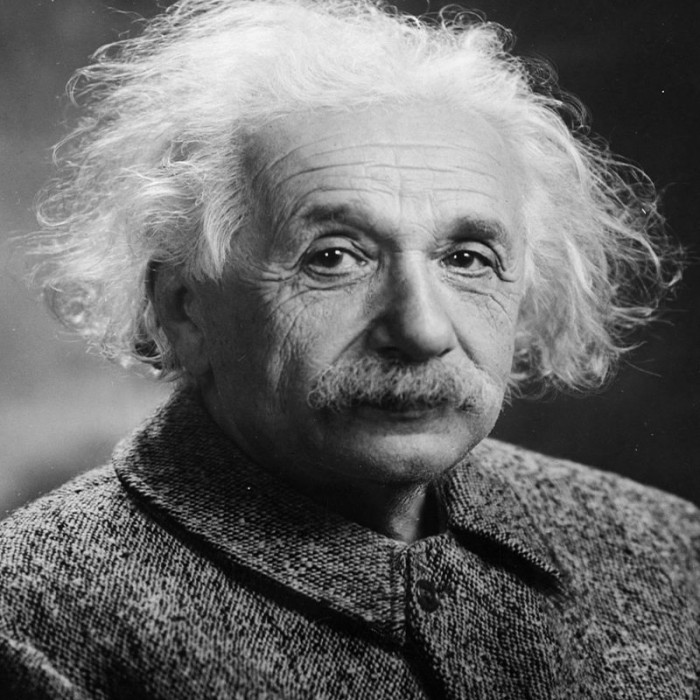
1879 – 1955

1809 – 1865
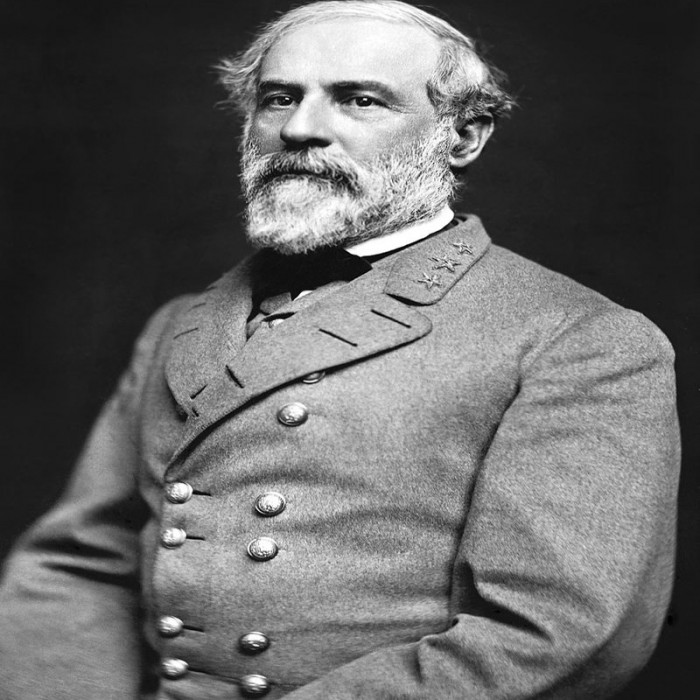
1807 – 1870

1800 – 1859
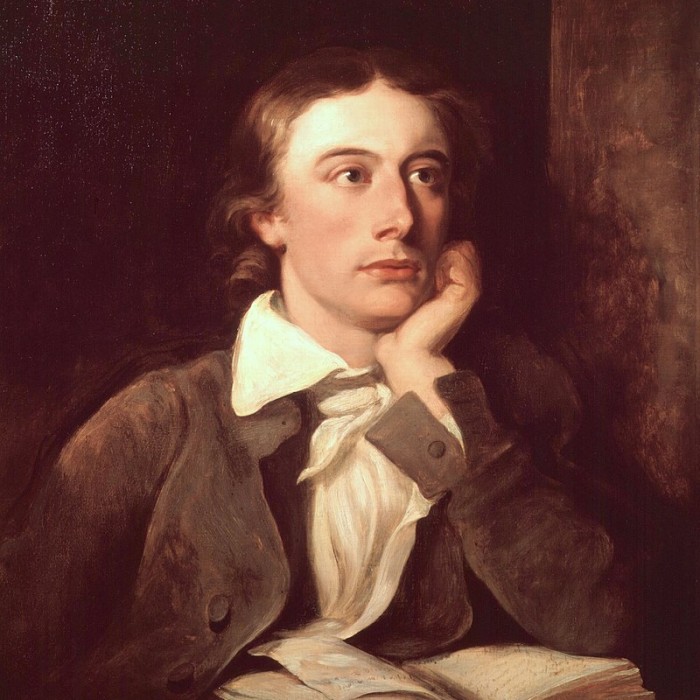
1795 – 1821
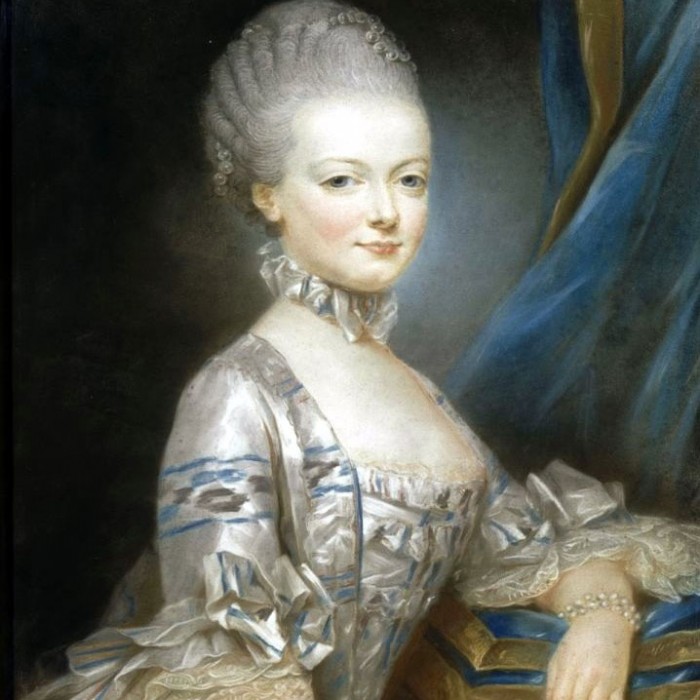
1755 – 1793

1984 -

1989 – 2011

1943 – 2001

1815 – 1902

1929 – 1994

1767 – 1848
